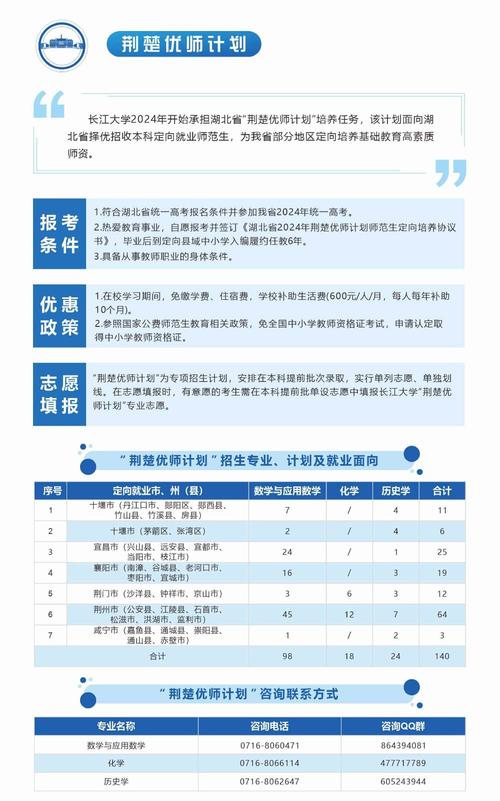长江大学舞蹈专业的录取分数线不是一个固定的数字,而是根据每年的考生报考人数、整体成绩水平以及招生计划数动态划定的,它每年都会有所变化。

(图片来源网络,侵删)
最准确的查询方式是:将当年的专业分和文化分相加,看总分是否达到或超过当年的录取最低分。
近年录取分数线参考(以湖北省为例)
以下是长江大学舞蹈表演专业(本科)在湖北省的近年录取分数线,供您参考,这仅是最低录取分,实际录取中高分考生众多,竞争激烈。
| 年份 | 专业类别 | 专业分最低分 | 文化分最低分 | 综合分最低分 |
|---|---|---|---|---|
| 2025年 | 舞蹈表演(本科) | 216 | 288 | 504 |
| 2025年 | 舞蹈表演(本科) | 218 | 279 | 497 |
| 2025年 | 舞蹈表演(本科) | 220 | 292 | 512 |
| 2025年 | 舞蹈表演(本科) | 220 | 288 | 508 |
数据来源: 长江大学本科招生网、湖北省教育考试院。请务必以官方最新公布为准。
录取规则详解(非常重要)
长江大学舞蹈专业的录取方式是 “专业分和文化分双过线,按综合分从高到低择优录取”。

(图片来源网络,侵删)
-
双过线:
- 专业分过线: 考生的专业校考成绩(或省统考成绩)必须达到长江大学划定的专业合格线。
- 文化分过线: 考生的高考文化成绩(含政策性加分)必须达到所在省份艺术类本科的最低控制分数线。
-
综合分计算:
- 综合分 = 专业分 + 文化分
- 这个公式非常关键,它意味着专业分和文化分同等重要,任何一科有短板都可能影响最终录取。
-
录取原则:
- 在所有“双过线”的考生中,学校会按照综合分从高到低进行排序。
- 从高分到低分,依次录取,直到录满招生计划数。
- 最后一名被录取的考生的综合分,就是当年的最低录取分数线。
给考生的建议
-
明确目标,均衡发展:
 (图片来源网络,侵删)
(图片来源网络,侵删)- 舞蹈专业对专业能力要求很高,日常的专业训练不能松懈,目标是尽可能拿到高的专业分。
- 绝对不能忽视文化课的学习,从近年的数据看,文化分要求也在逐年提高,文化分同样是拉开差距的关键。
-
关注官方信息:
- 最权威的信息来源永远是 “长江大学本科招生网”,每年高考后,学校都会公布详细的《招生章程》和《分省分专业录取分数线》,请务必密切关注。
-
参考往年数据,合理定位:
- 以往年的最低综合分为参考,给自己设定一个更高的目标,如果去年最低分是504分,那么你的目标应该是520分甚至更高,这样才更有把握,因为每年都有高分考生“冲进来”。
-
注意招生省份:
- 长江大学舞蹈专业主要在湖北省招生,但也可能在其他省份有少量计划,如果您是外省考生,请务必查询您所在省份当年的招生计划和录取规则,可能会有所不同。
想要被长江大学舞蹈专业录取,您不仅需要专业过硬,文化课也要达到相当高的水平,建议您以 “专业分 + 文化分 > 520分” 作为努力目标,这样在竞争中会更有优势。
版权声明:除非特别标注,否则均为本站原创文章,转载时请以链接形式注明文章出处。






